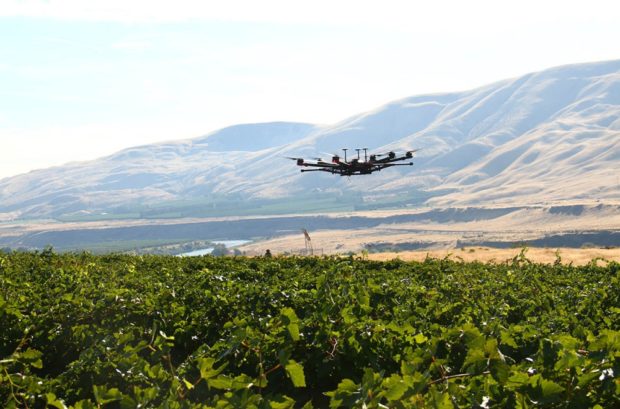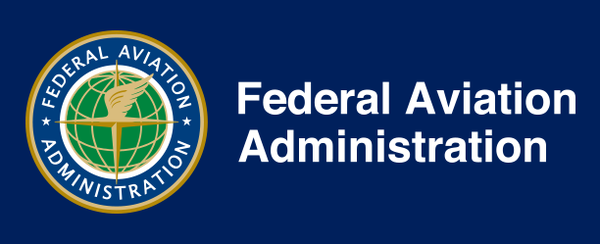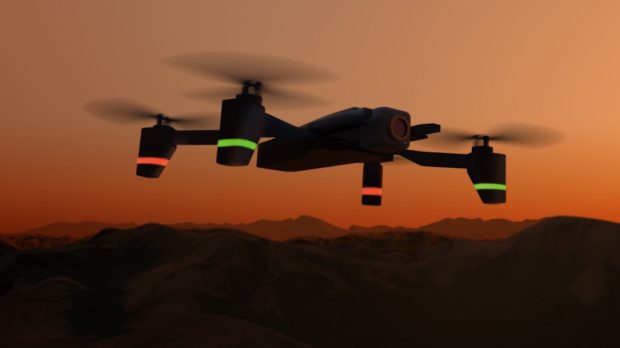In the future, cameras could spot blackbirds feeding on grapes in a vineyard and launch drones to drive off the avian irritants, then return to watch for the next invading flock. All without a human nearby. Continue reading


UAS VISION
an independent online news service for the Unmanned Aircraft Systems world

In the future, cameras could spot blackbirds feeding on grapes in a vineyard and launch drones to drive off the avian irritants, then return to watch for the next invading flock. All without a human nearby. Continue reading

Engineers in China have built a micro-drone that weighs 35 grams (a little less than an egg) and was inspired by maple seeds that they say uses less power than their conventional counterparts. Continue reading

In a new paper published in the journal Composite Structures, Suong Hoa and his student co-authors present a method to make UAV wings cheaper to manufacture and more efficient in flight. Continue reading

The U.S. Department of Transportation’s Federal Aviation Administration (FAA) has announced $4.4 million in drone research, education and training grants to seven universities. Research will focus on three areas: electromagnetic compatibility, detect and avoid classifications, and cybersecurity oversight. Continue reading

In 2022, FIXAR becomes a partner of the project Urban Air Traffic Management DEVelOpment & DEMOnstration, led by Istanbul Kultur University Technology Transfer Office. Continue reading

For the first time, Australian researchers have reverse engineered the visual systems of hoverflies to detect drones’ acoustic signatures from almost four kilometers away. Continue reading

It’s common to think of a future where flying autonomous drones complete tasks such as delivering a package to your door. But that only scratches the surface of what’s possible. The coming world of Advanced Air Mobility (AAM) will offer much more to our everyday lives. Continue reading

In a changing climate, wildfires are becoming more widespread and devastating, threatening more people and land than ever before. In response, NASA is stepping up to the plate to determine what we can do to help fight wildfires – and we have some ideas. Continue reading